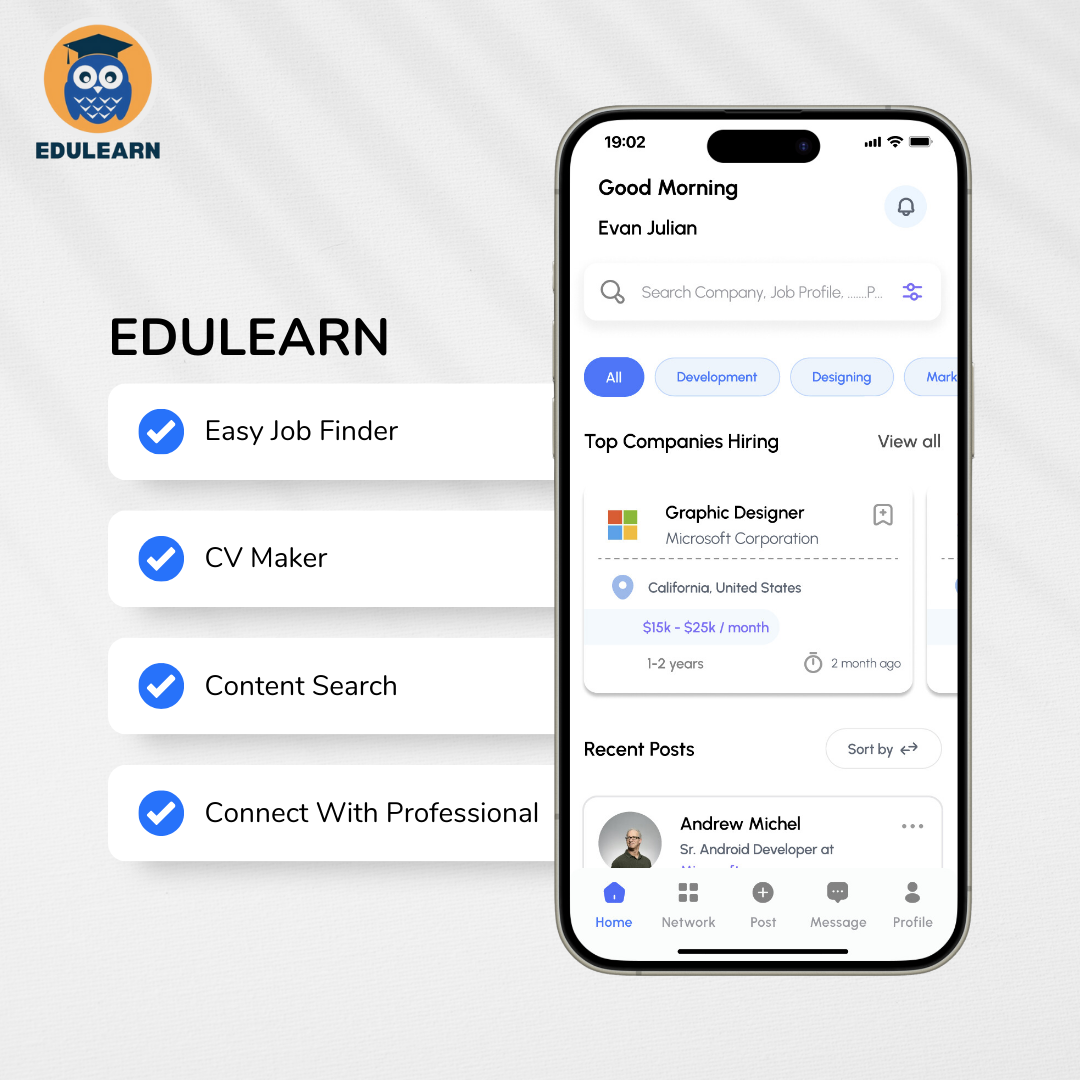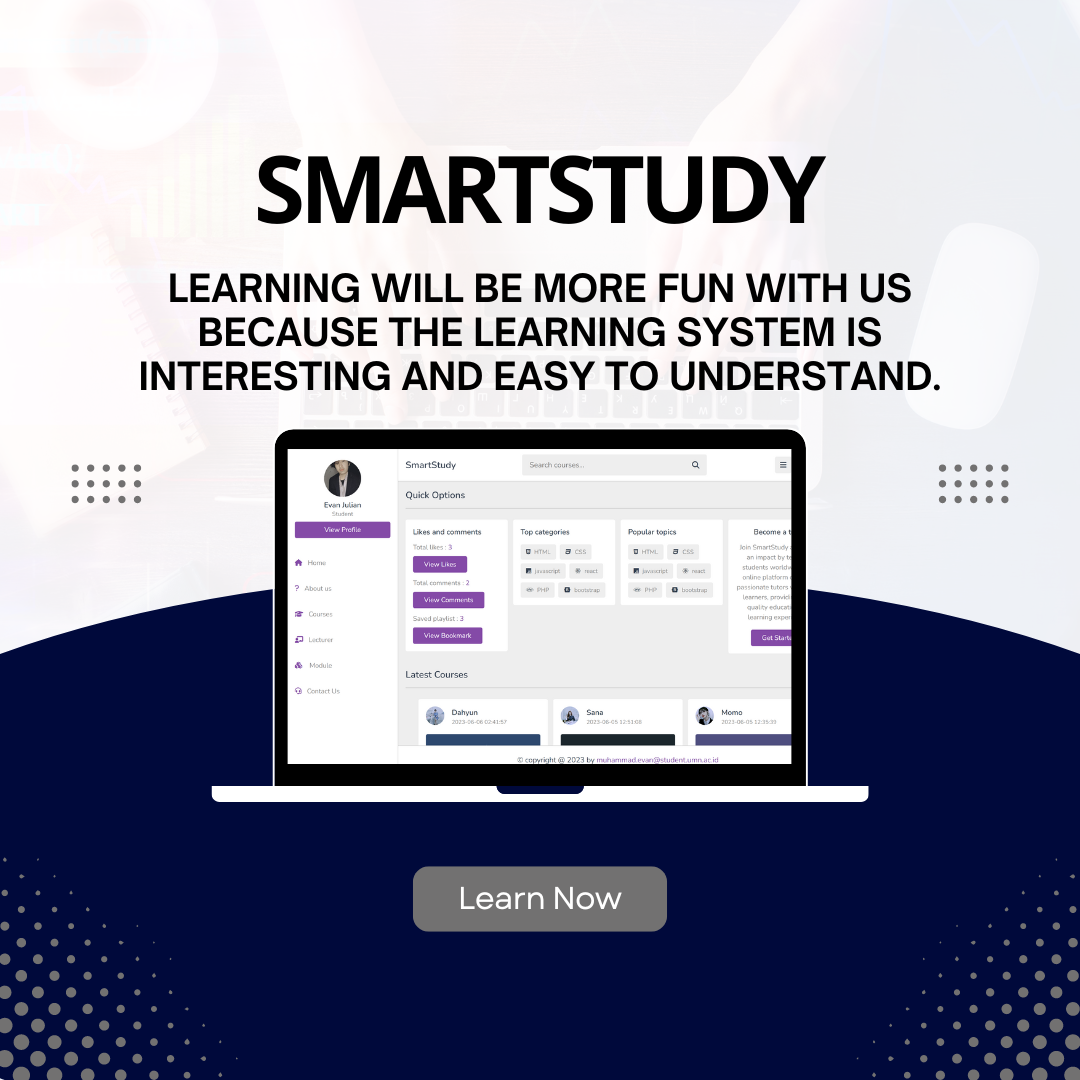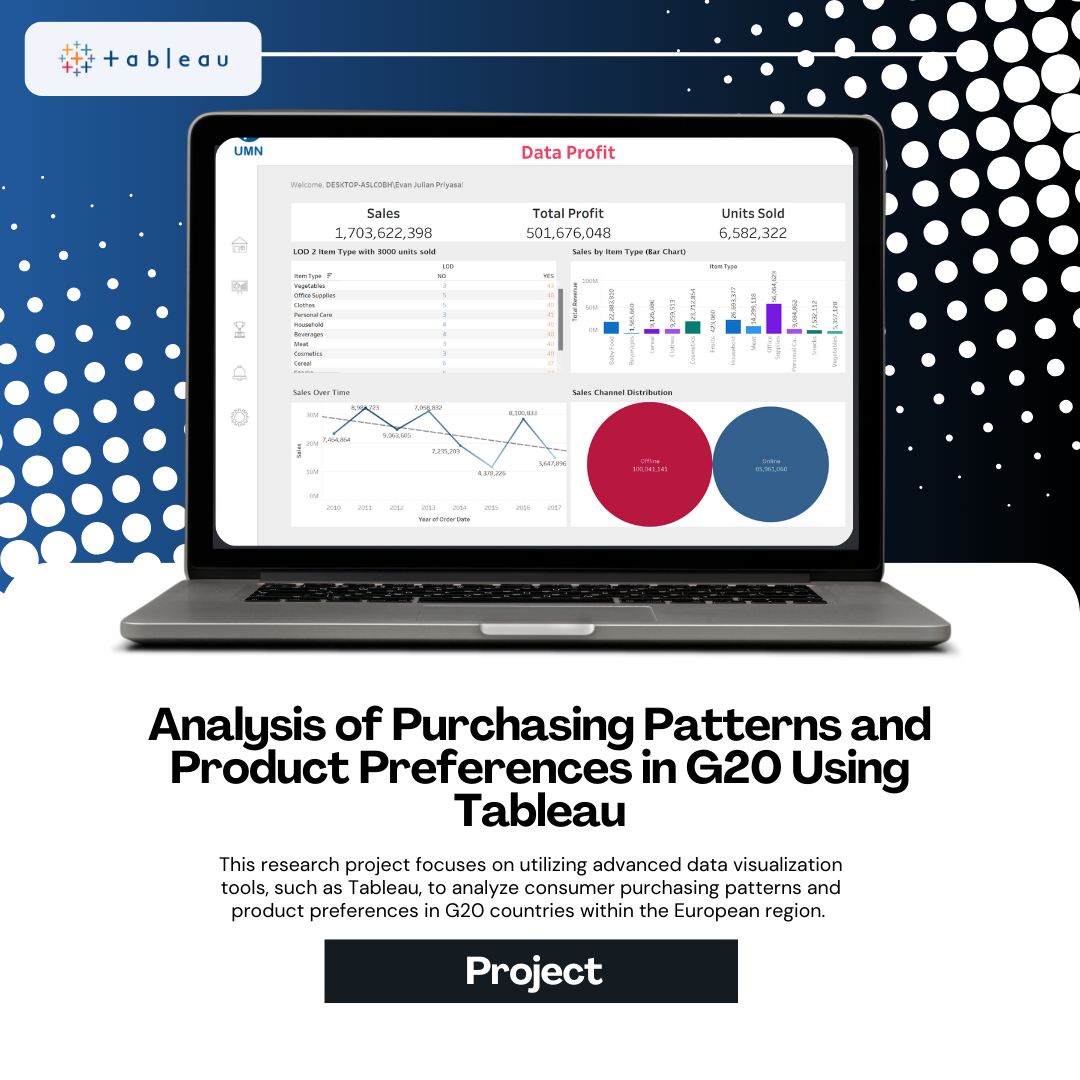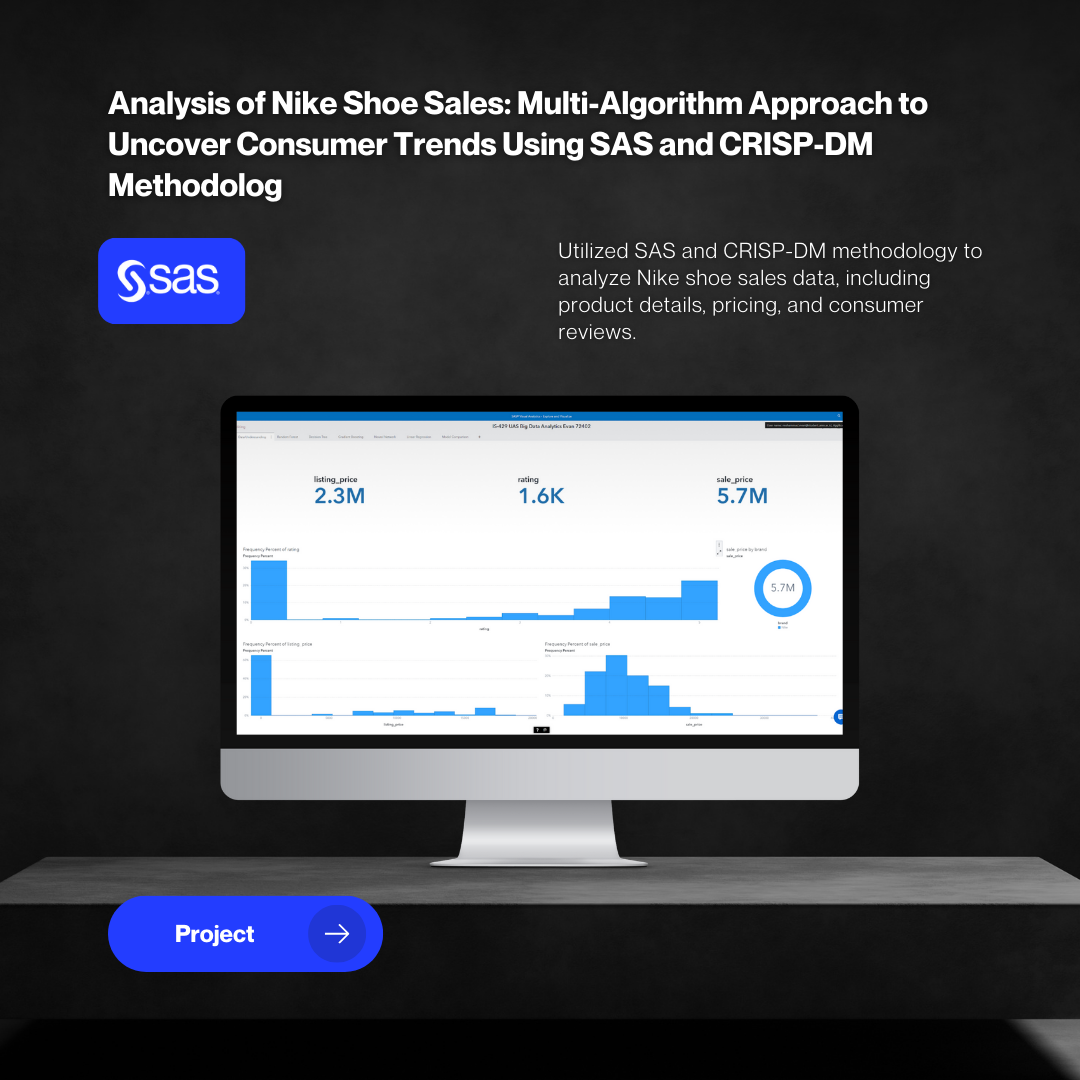Medicalife: Transforming Healthcare Accessibility and Hospital Efficiency
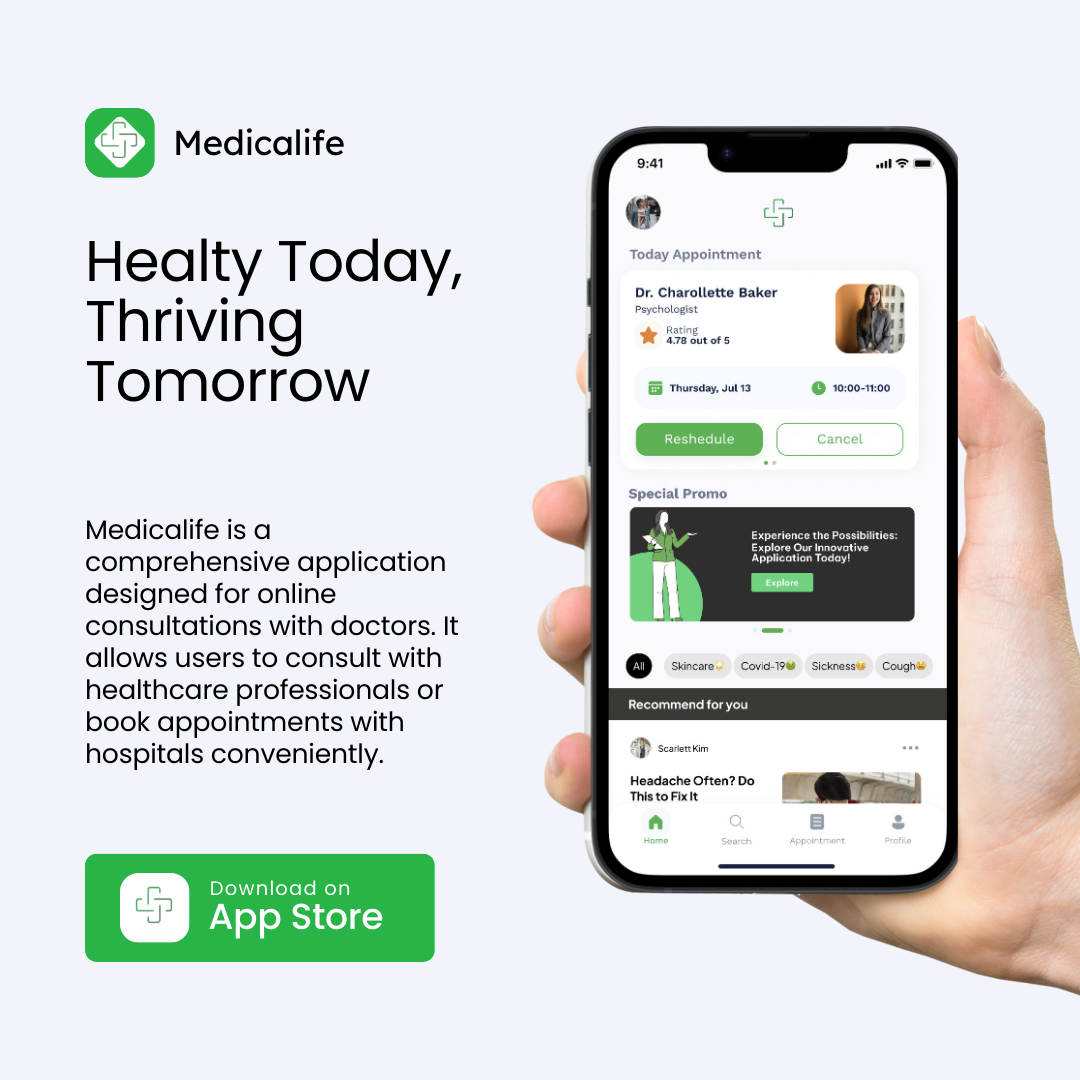
Figure 1: Overview of the Medicalife Application.
Medicalife is a cutting-edge hospital application designed to address both the operational needs of healthcare institutions and patients' expectations for easy access to medical services. In an increasingly digital era, the healthcare sector is experiencing significant changes, with hospitals facing growing pressure to provide better, more efficient, and more affordable services. Medicalife integrates advanced technology to streamline processes, improve care quality, and enhance the overall patient experience. This application is also relevant to Sustainable Development Goal (SDG) number 3, "Good Health and Well-Being," aiming to end diseases and improve access to quality healthcare and mental and physical well-being.
1. The Problem: Addressing Healthcare Inefficiencies
Hospitals, as key pillars in the healthcare system, face increasing pressure to deliver better, more efficient, and more affordable services. There is a pressing need for an innovative solution that considers not only the institutional needs but also public expectations for easier access, more accurate information, and more personal interaction with the healthcare system. The existing challenges include difficulties in hospital management, operational inefficiencies, and patient needs for real-time health monitoring and accurate health information.
- Increasing demands for better and more efficient healthcare services.
- Operational inefficiencies in hospital management and scheduling.
- Patient expectations for easier access, accurate information, and personalized interaction with the healthcare system.
2. The Goal: Optimizing Healthcare Processes and Patient Experience
Our primary objective in developing the Medicalife prototype application was to enhance hospital management, facilitate real-time health monitoring, and improve medical data analysis. The application aims to create user-friendly UI/UX features, provide accurate and up-to-date health information to users easily, and enable efficient scheduling for appointments. Ultimately, Medicalife seeks to improve patient comfort, accessibility, and overall community health.
- Design user-friendly UI/UX features for easy navigation.
- Provide accurate and up-to-date health information to users.
- Enable efficient scheduling, rescheduling, and cancellation of appointments.
- Offer features for real-time health monitoring and medical record management.
3. My Role & Responsibilities
As a member of Group F (which includes Muhammad Evan Julian Priyasa, Gabriella Alexis Learsi Lumoindong, Raihan Athalla Laman, Naufal Rizqiansyah, and Maria Rezana Putri) working on the Final Project for the IS321 - Information System Analysis and Design course at Multimedia Nusantara University, my responsibilities included contributing to the comprehensive system analysis and design of Medicalife. My role encompassed understanding user requirements, contributing to the system architecture, and ensuring the application meets both user and hospital needs, with a focus on UI/UX design and overall system functionality.
- Collaborated within Group F to meet project deliverables.
- Contributed to the analysis and design of the Medicalife information system.
- Focused on developing a user-friendly mobile application prototype for healthcare.
- Participated in designing the system architecture, including data flow and user interactions.
- Assisted in ensuring the application's alignment with user requirements and operational efficiency.
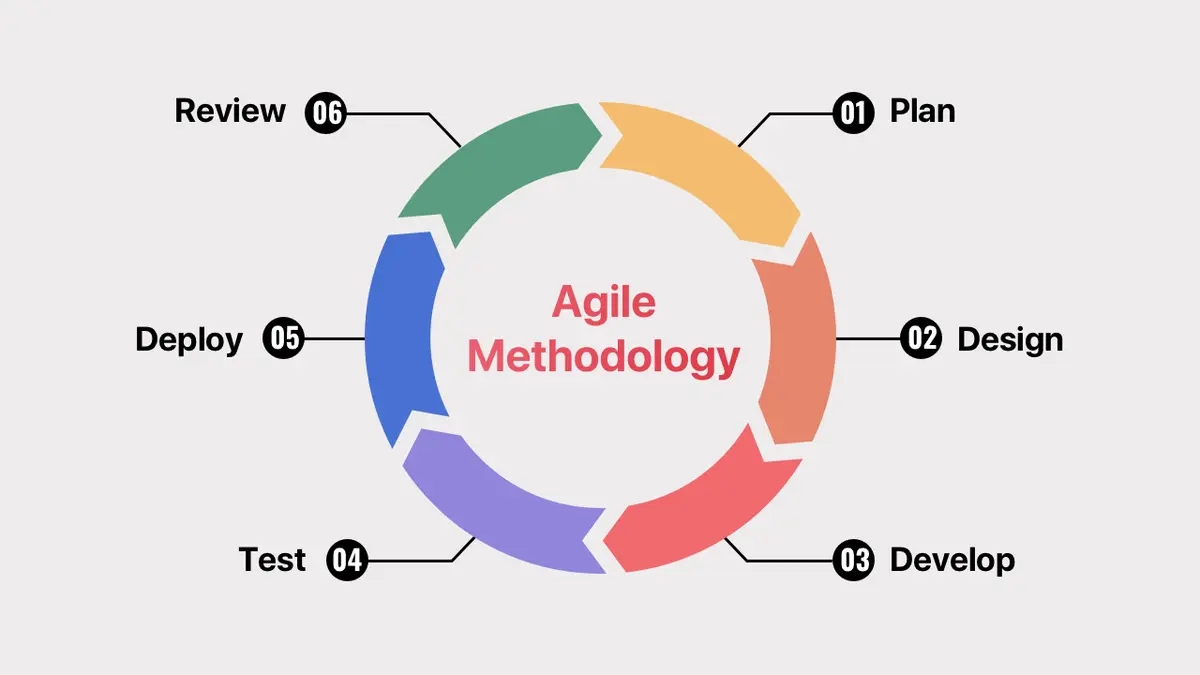
Figure 2: Overview of Medicalife's Integrated System.
4. Design Process & Solution
Our development approach for Medicalife utilized the Agile methodology. Agile was chosen for its high flexibility and adaptability in handling dynamic project requirements, fostering close collaboration within the development team and with stakeholders, and enabling continuous progress monitoring through iterative development. This ensured that features were released periodically, improving user satisfaction and allowing for rapid adjustments based on feedback.
System Analysis & Design (UML Diagrams)
To ensure a robust and well-structured application, we performed detailed system analysis and design, utilizing various UML diagrams:
- Rich Picture: A visual illustration of the complex system flow, showing how users interact from choosing a hospital to confirming appointments. This helped us understand the system from a high-level perspective.
- Use Case Diagram: Outlined all possible activities users (Patients, Admins, Doctors) can perform within Medicalife, such as scheduling consultations, managing reservations, and updating patient profiles. This clarified user flows and system functionalities.
- Activity Diagrams: Designed to visualize specific workflows, including user registration, schedule creation, doctor and hospital registration, doctor schedule checks, and patient reservation processes. These diagrams illustrate the sequential steps, decisions, and control flows.
- Class Diagram: Illustrated the correlation between data variables and classes within Medicalife's database (Patient, Reservation, Payment, Doctor, Hospital), defining their attributes and methods, and showing how data is structured and related.
- Sequence Diagram: Detailed the reservation and payment process from the patient's perspective, illustrating step-by-step interactions between the patient and system components.
- State Chart Diagram: Illustrated the decision flow within the ordering system, highlighting how user data is processed and decisions are made based on data validity and payment status.
UI Design: Creating an Intuitive Interface
The User Interface (UI) design focused on creating a user-friendly and intuitive experience, aiming for ease of understanding and aesthetic appeal. The app includes distinct UI flows for patients and doctors, each tailored to their specific needs.
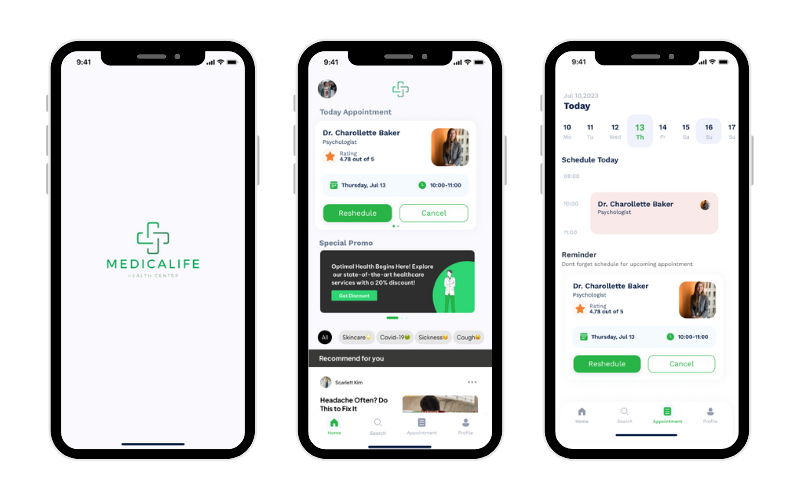
Figure 3: User-Centered Interface Design of Medicalife.
Key UI elements and flows include:
- Splash Screen & Get Started: Initial engaging animations and onboarding screens introduce users to the app's features and benefits, offering flexibility to learn or skip.
- Login & Registration: Secure and user-friendly processes with options for email/password or social media login, including robust password recovery features.
- Home Screen (Patient): Provides access to recent appointments, health articles, promotions, and navigation for health topics.
- Article Page: Allows users to read health articles and interact by 'liking' them, enhancing engagement.
- Appointment Management: Comprehensive features for viewing, rescheduling, and canceling appointments, with intuitive date navigation.
- Doctor Profile Page: Patients can explore doctors' educational backgrounds and hospital locations for informed decisions.
- Search Functionality: Seamless navigation to find doctors, pharmacies, and hospitals based on various criteria including location and specialization. Features like an Augmented Reality (AR) button for hospital surroundings are included.
- Profile Editing & Notifications: Users can update personal info and receive alerts on appointments, cancellations, and profile changes.
- Medical History: Patients can view their health history timeline and biodata for comprehensive health tracking.
- Direct Communication (Patient-Doctor): Enables chat, video, and voice calls between patients and doctors post-appointment.
- Doctor & Admin Specific UI: Separate login, home, message, and schedule views for doctors and admins, tailored to their operational needs, including managing patient lists and checking ratings/reviews.
5. Results & Impact
The development of Medicalife, using an Agile methodology, has resulted in a user-friendly mobile application designed to streamline patient-doctor interactions and hospital management. User testing with 31 respondents showed high satisfaction, with 83.9% finding the UI easy to understand and 74.2% agreeing that the design and logo were suitable for a healthcare app. Key successes include ease of use for scheduling appointments, real-time health monitoring, and personalized patient experiences. The application is a significant step towards modernizing healthcare services, prioritizing convenience, accessibility, and a holistic user experience.
- High User Satisfaction: 83.9% found the UI easy to understand, and 74.2% approved of the design and logo.
- Streamlined Operations: Simplifies patient registration, doctor scheduling, and medical record management.
- Enhanced Patient Experience: Provides easy access to information, consultation, and personalized care.
- Data-Driven Decisions: Supports hospitals with data analysis for efficient resource management.
Conclusion & Future Outlook
Medicalife represents a significant advancement in the healthcare industry by offering an application that prioritizes convenience, accessibility, and a holistic user experience. Developed with a user-friendly interface and comprehensive features, it addresses diverse needs while maintaining high security and performance. To further enhance Medicalife, future recommendations include regular security reviews and advanced encryption, expanding the network of partners (hospitals, doctors, pharmacies), implementing advanced data analytics for user behavior, and ensuring cross-platform responsiveness. Continuous testing of all changes will maintain its reliability and responsiveness to user needs and market trends.
